|
In this blog post I'm going to go over the different levels of editing and what they all mean, as well as answer some common questions about the editing process. Along with each explanation, I'll include a short snippet of an example edit (except for developmental editing and outline critique, which are rather hard to show an example of in just a single paragraph). For my example, I'll be using an old homework assignment I did in college (actually it was the scene that eventually became the basis of my sci-fi novel, Soot of the Stars.) 1. Outline Critique |
| Megann is an editor, writer, and artist specializing in fantasy, sci fi, and basically anything with magic. Or dragons. Or starlight and spaceflight and gods that walk the worlds. She has a children's book published (co-authored with her sister) titled Bellow of the Beast, and she is in the middle of writing her first full-length fantasy/sci-fi novel. |
0 Comments
Leave a Reply.
|
Subscribe and get a free worldbuilding booklet!
-categories-
All
|

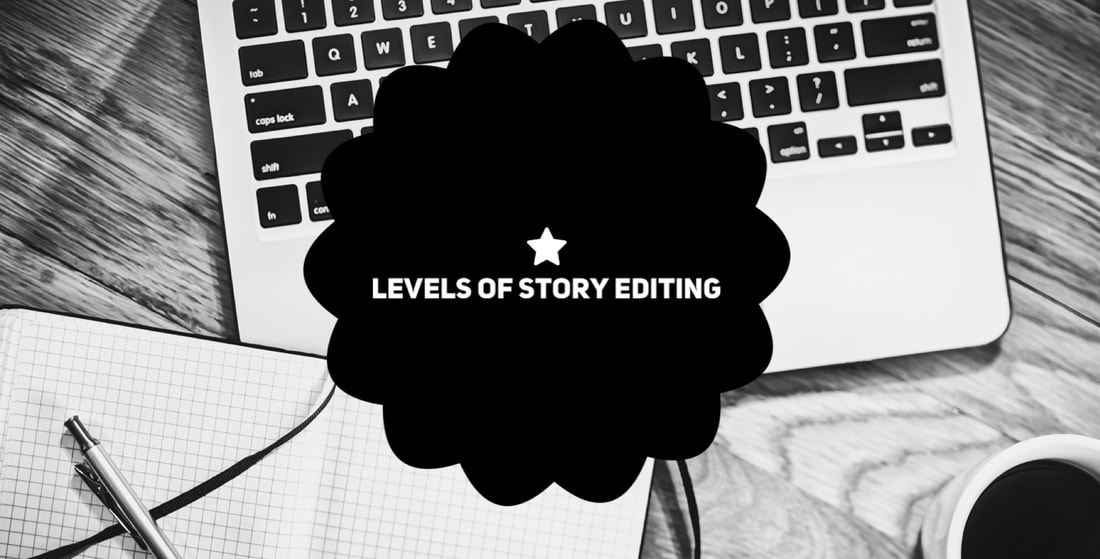
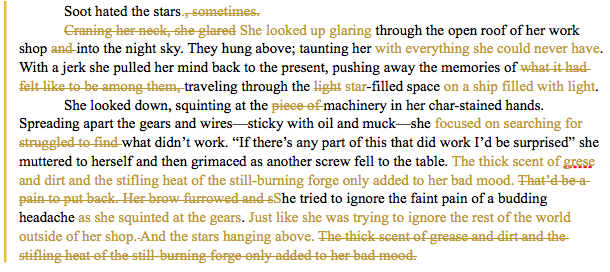
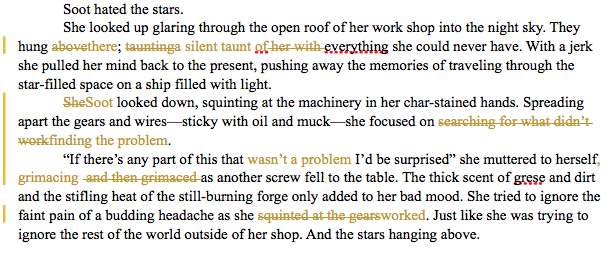
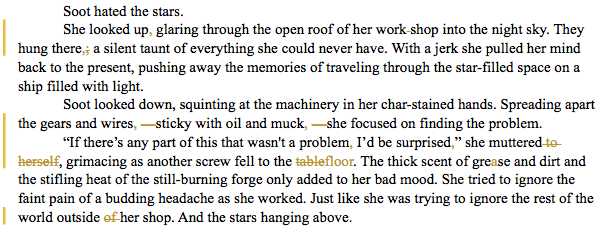
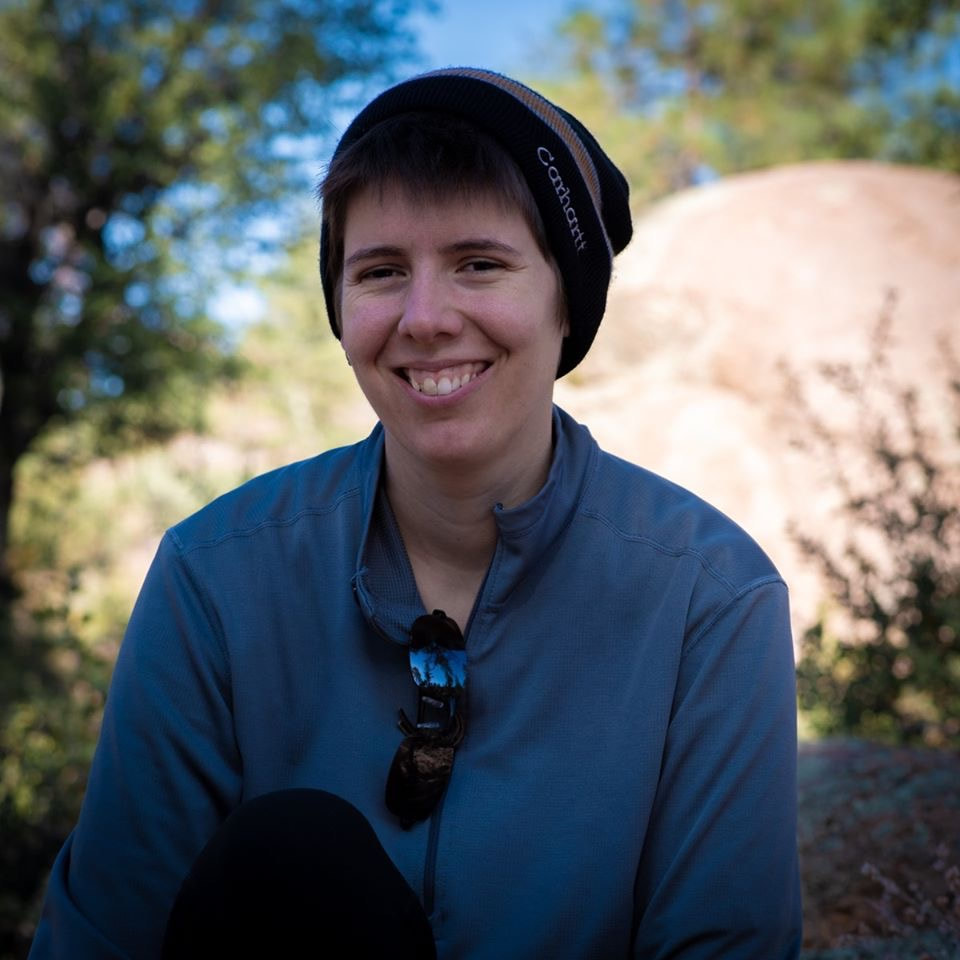


 RSS Feed
RSS Feed
